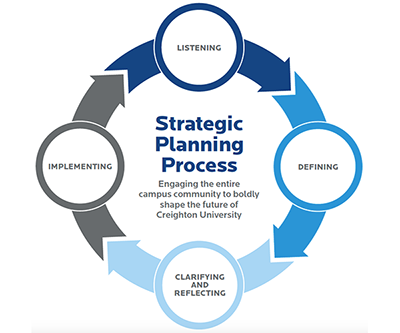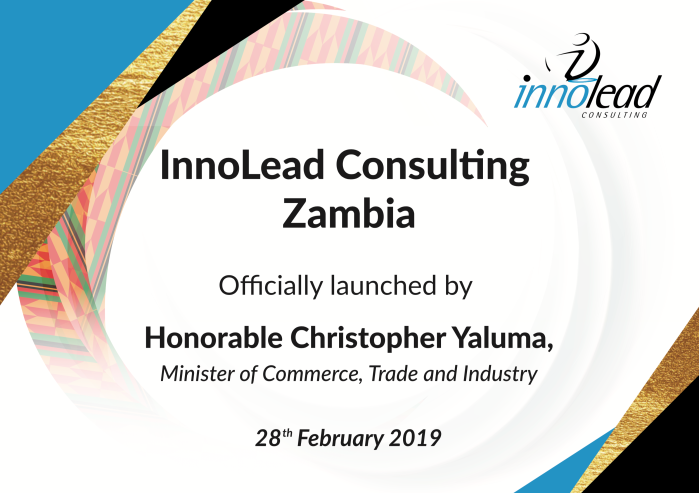
Every disruption brings about creative and innovative solutions, sometimes the society will be waiting eagerly for an improved solution, sometimes not. According to the Business Dictionary, the term “innovation” refers to the process of translating an idea or invention into a product that creates economic value. Often, we perceive of innovations as tangible products, but you can innovate with a new process, method, business model, or marketing method. Almost every aspect of a business offering is a prospect for innovation, therefore, an organisation should not restrict their vision of innovation to products. Great innovations that completely changed the game by the likes of Mark Zuckerberg, Jeff Bezos are not basically products, they are new models and processes of aiding societies to achieve more results with little effort. That brings about two terminologies: Incremental vs Radical Innovations. Most organisations are good with incremental innovations, they tackle problems and devise solutions appropriate for that problem. Radical innovations, the likes of Facebook, Amazon find entirely new ways of doing something and those ways are often difficult and riskier to implement.
Shifting to Innovation in Project Management: the traditional Project management Approaches, e.g. Waterfall focused exclusively on delivering products and services following a detailed plan with clear and measurable deliverables and had no/ little room for Radical innovations. Most innovations are centred around Incremental innovations to solve problems at hand. For example, when implementing a risky project activity, project managers generated ideas to deliver that activity within constraints set with the customer, without necessarily exploring radically.
With the current era (Fourth Industrial Revolution), the world is linked, and the playground is level with equal access to adequate information through the Internet (IoT). Africa is well-connected to the rest of the world as such we have huge potential for Project Management innovations. Emerging trends in Project management permeate Africa at the same time as the rest of the world.
Because of the great risk and uncertainty in today’s project landscape, Project Management approaches are evolving to allow for flexibility in terms of scope definition, schedule and cost estimation. New approaches such as Agile formerly used in Software Development are being adopted in implementing projects across different spectrums, i.e. Construction, Education, Finance, Architecture. As depicted in figure 1 below, nearly half of non-software projects use Agile approaches due to the benefits they provide. Agile advocates for adaptive planning, evolutionary development, early delivery, and continual improvement, and it encourages rapid and flexible response to change which were not catered for in the Traditional project management models (“Agile software development”, 2019). These new project management approaches bolster creativity and innovation across teams, and Africa has equal opportunity to innovate as the rest of the world.

Figure 1: Top Project Types Managed with Agile (John Leslie, 2015)
Innovation coupled with technology in this era is the holy grail and catalyst to enormous organisational growth. Organisations are therefore recruiting Project Managers to be involved beyond project decision-making level, they are now partaking in strategic decision-making to formulate innovative solutions that sustain organisations beyond project life cycles.
In summary, Africa should embrace emerging trends in Project management such as Agile as they bolster innovative mindset across teams, and this could accelerate developments across African Nations. If Africa can innovate faster, it will be able to gain the lion’s share of the globally connected market and add value to customers worldwide.
Maemo Makgana is a Consultant at InnoLead Consulting offering Management Consultancy and Corporate Training Solutions. He can be contacted on +267 3909102 and innolead@innolead.co.bw








